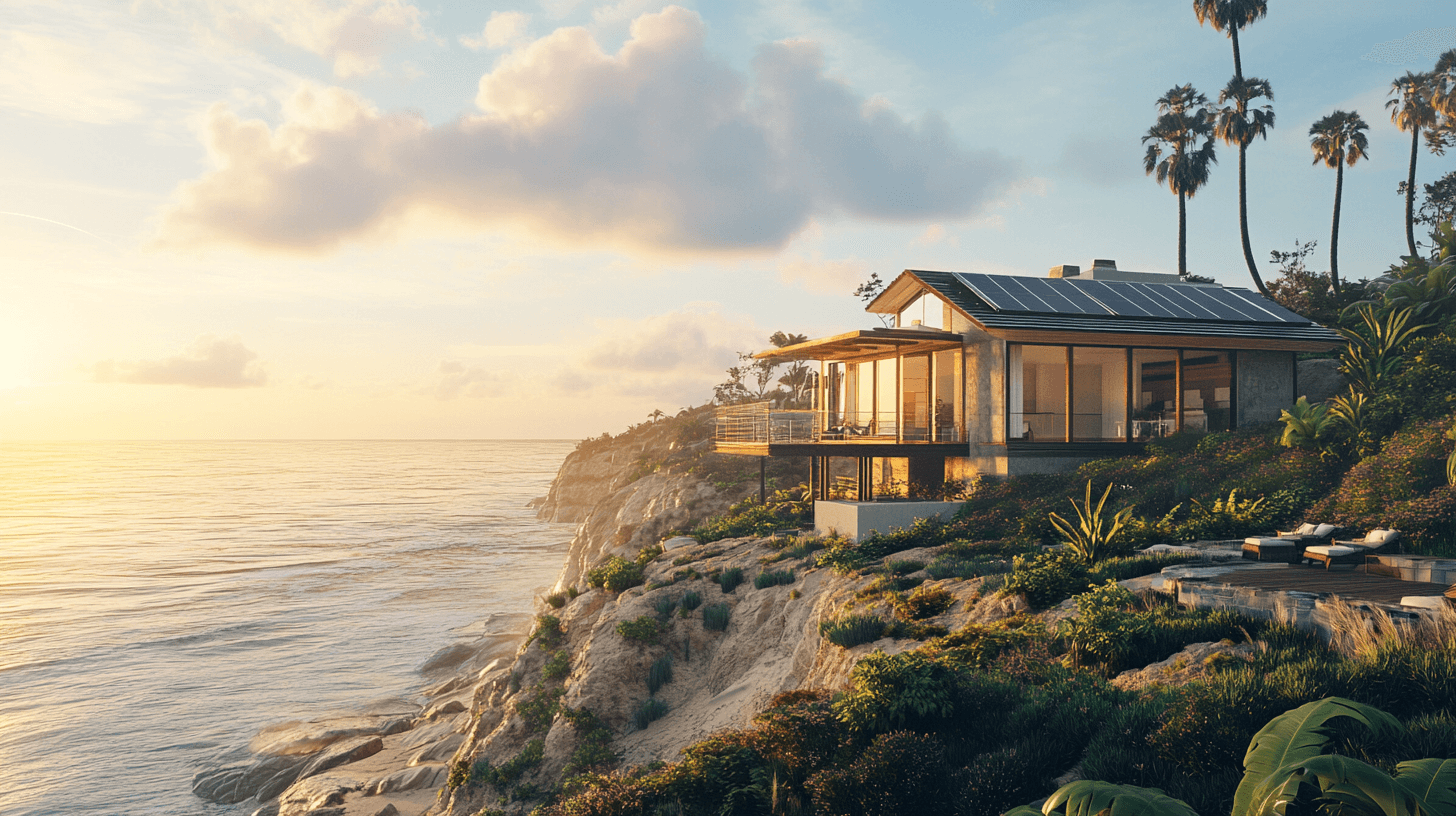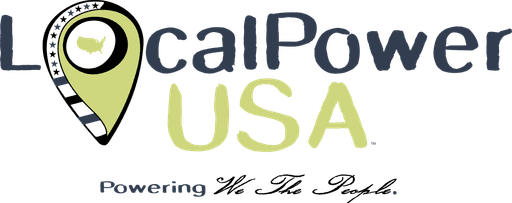Jan 4, 2025
When people talk about solar power, they often focus on the upfront costs. But let's flip the script and talk about what it costs to stay tied to fossil fuels. Every month you delay going solar, you're paying more than just your utility bill – you're paying hidden costs that add up faster than you might think.
Let's start with the obvious: utility rates aren't getting cheaper. Over the last decade, electricity rates have risen an average of 3% annually. That might not sound like much, but compound that over 25 years – the typical lifespan of solar panels – and you're looking at paying nearly double for the same amount of power. When you go solar, you're essentially locking in your electricity rates for decades. Think of it as buying 25 years of power at today's prices.
But the financial drain doesn't stop there. Every time there's a power outage, you're paying – in spoiled food, lost work time, or hotel stays during extended blackouts. With extreme weather events becoming more frequent, these costs are rising. Solar systems with battery backup eliminate these expenses, providing reliability that the grid increasingly can't match.
Here's something your utility company won't tell you: your continued reliance on fossil fuels is costing you in property value. Homes without solar are becoming less attractive to buyers, especially in areas with high energy costs or frequent power outages. As solar becomes more mainstream, non-solar homes may face increasing market disadvantages. It's like trying to sell a home without air conditioning – possible, but increasingly difficult to justify.
The environmental costs hit your wallet too. As carbon taxes and environmental regulations increase, utility companies pass these costs directly to consumers. States with aggressive climate goals are already seeing additional fees and surcharges on traditional power bills. Solar users often avoid these escalating costs entirely.
Consider the opportunity cost of your roof space. Every square foot of suitable roof area not generating solar power is essentially burning money. In many areas, solar panels can generate $15-40 worth of electricity per square foot annually. That's productive real estate you already own, sitting idle.
Healthcare costs? Yes, those too. The pollution from fossil fuel power plants contributes to respiratory issues, heart disease, and other health problems. While these costs are harder to quantify individually, studies show that communities near coal-fired power plants spend significantly more on healthcare. Your tax dollars and insurance premiums reflect these costs, whether you realize it or not.
For business owners, the costs of not going solar are even steeper. Beyond higher operating expenses, you're missing out on depreciation benefits, potential green business certifications, and marketing opportunities. In an era where consumers increasingly favor environmentally responsible companies, staying tied to fossil fuels can cost you customers.
Let's talk about resilience. As our power grid ages and faces increasing stress from climate change, the cost of grid dependence grows. Solar with battery storage gives you energy security that's becoming increasingly valuable. Ask anyone who's faced extended power outages – the ability to keep your home running during a crisis is priceless.
The final hidden cost? Missing the current incentives. Federal tax credits, state rebates, and local incentives won't last forever. Every year you wait is another year of incentives you can't get back. It's like turning down free money – money that your neighbors who do go solar are happily collecting.
The decision to not go solar isn't just maintaining the status quo – it's actively choosing to pay more over time. While solar requires an upfront investment, not going solar often costs more in the long run. It's like renting versus buying a home – at some point, the math simply doesn't make sense anymore.
The sun keeps rising, electricity rates keep climbing, and the true cost of fossil fuel dependency keeps growing. The question isn't whether you can afford to go solar – it's whether you can afford not to.
When people talk about solar power, they often focus on the upfront costs. But let's flip the script and talk about what it costs to stay tied to fossil fuels. Every month you delay going solar, you're paying more than just your utility bill – you're paying hidden costs that add up faster than you might think.
Let's start with the obvious: utility rates aren't getting cheaper. Over the last decade, electricity rates have risen an average of 3% annually. That might not sound like much, but compound that over 25 years – the typical lifespan of solar panels – and you're looking at paying nearly double for the same amount of power. When you go solar, you're essentially locking in your electricity rates for decades. Think of it as buying 25 years of power at today's prices.
But the financial drain doesn't stop there. Every time there's a power outage, you're paying – in spoiled food, lost work time, or hotel stays during extended blackouts. With extreme weather events becoming more frequent, these costs are rising. Solar systems with battery backup eliminate these expenses, providing reliability that the grid increasingly can't match.
Here's something your utility company won't tell you: your continued reliance on fossil fuels is costing you in property value. Homes without solar are becoming less attractive to buyers, especially in areas with high energy costs or frequent power outages. As solar becomes more mainstream, non-solar homes may face increasing market disadvantages. It's like trying to sell a home without air conditioning – possible, but increasingly difficult to justify.
The environmental costs hit your wallet too. As carbon taxes and environmental regulations increase, utility companies pass these costs directly to consumers. States with aggressive climate goals are already seeing additional fees and surcharges on traditional power bills. Solar users often avoid these escalating costs entirely.
Consider the opportunity cost of your roof space. Every square foot of suitable roof area not generating solar power is essentially burning money. In many areas, solar panels can generate $15-40 worth of electricity per square foot annually. That's productive real estate you already own, sitting idle.
Healthcare costs? Yes, those too. The pollution from fossil fuel power plants contributes to respiratory issues, heart disease, and other health problems. While these costs are harder to quantify individually, studies show that communities near coal-fired power plants spend significantly more on healthcare. Your tax dollars and insurance premiums reflect these costs, whether you realize it or not.
For business owners, the costs of not going solar are even steeper. Beyond higher operating expenses, you're missing out on depreciation benefits, potential green business certifications, and marketing opportunities. In an era where consumers increasingly favor environmentally responsible companies, staying tied to fossil fuels can cost you customers.
Let's talk about resilience. As our power grid ages and faces increasing stress from climate change, the cost of grid dependence grows. Solar with battery storage gives you energy security that's becoming increasingly valuable. Ask anyone who's faced extended power outages – the ability to keep your home running during a crisis is priceless.
The final hidden cost? Missing the current incentives. Federal tax credits, state rebates, and local incentives won't last forever. Every year you wait is another year of incentives you can't get back. It's like turning down free money – money that your neighbors who do go solar are happily collecting.
The decision to not go solar isn't just maintaining the status quo – it's actively choosing to pay more over time. While solar requires an upfront investment, not going solar often costs more in the long run. It's like renting versus buying a home – at some point, the math simply doesn't make sense anymore.
The sun keeps rising, electricity rates keep climbing, and the true cost of fossil fuel dependency keeps growing. The question isn't whether you can afford to go solar – it's whether you can afford not to.




















